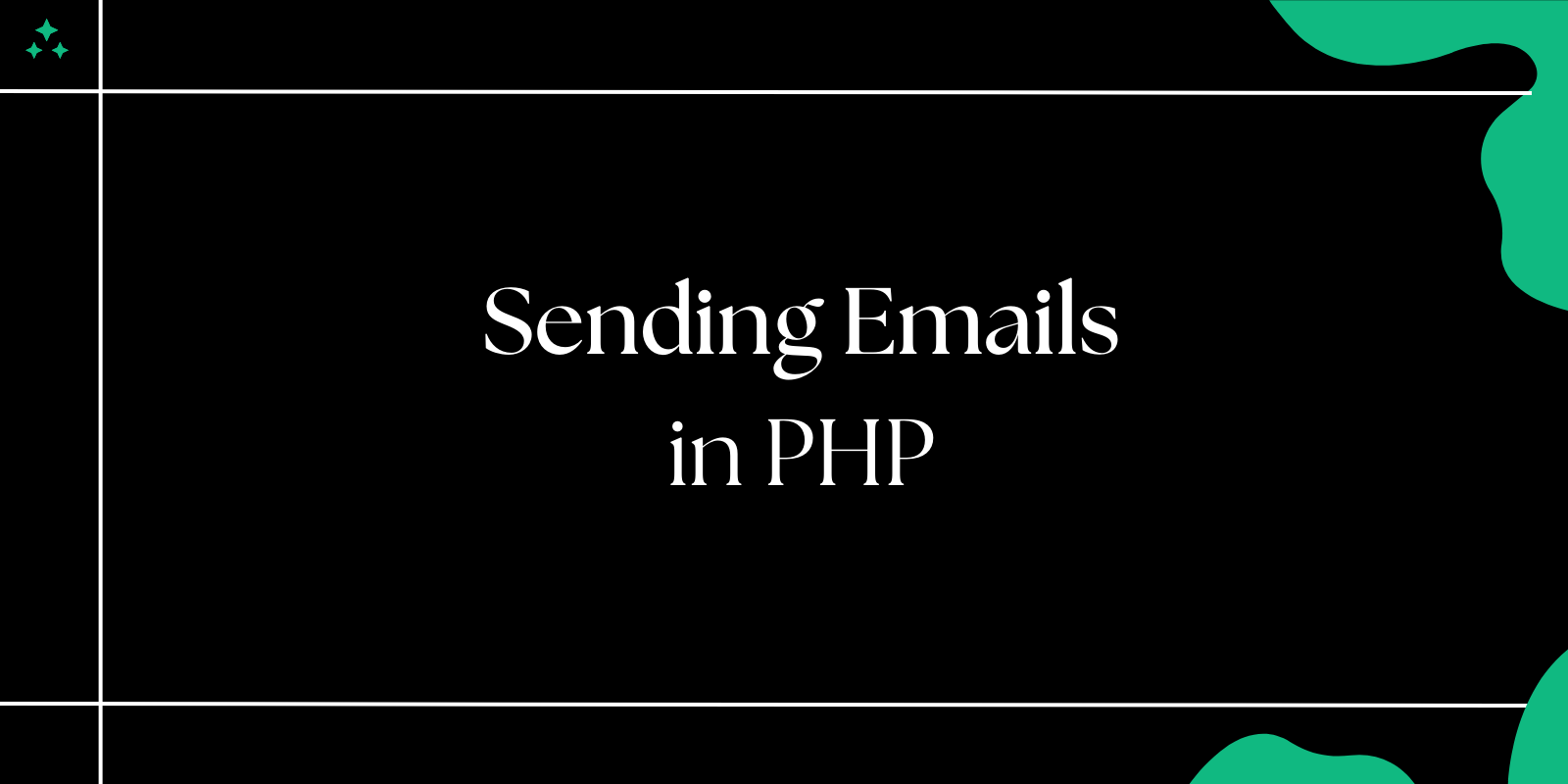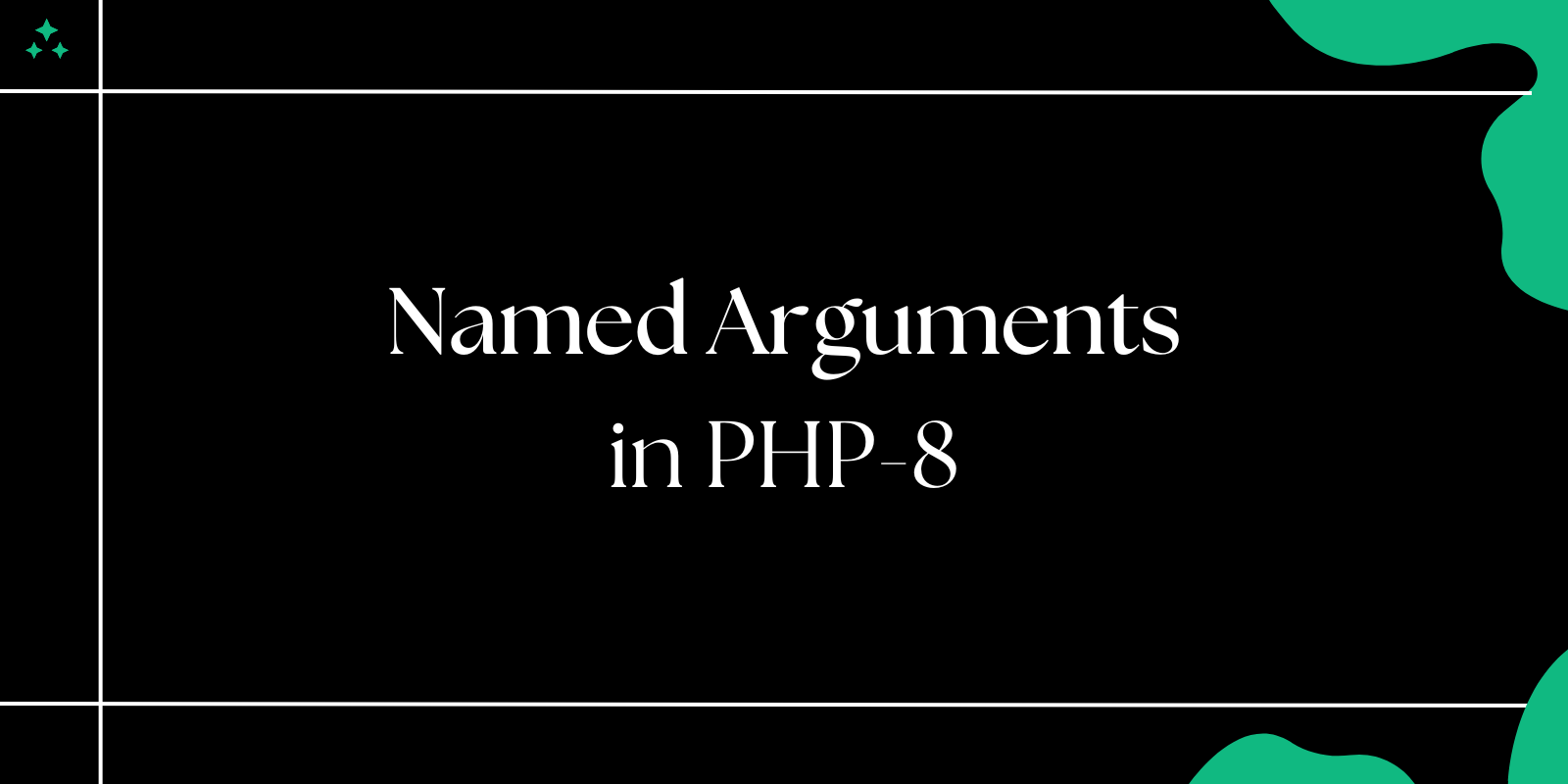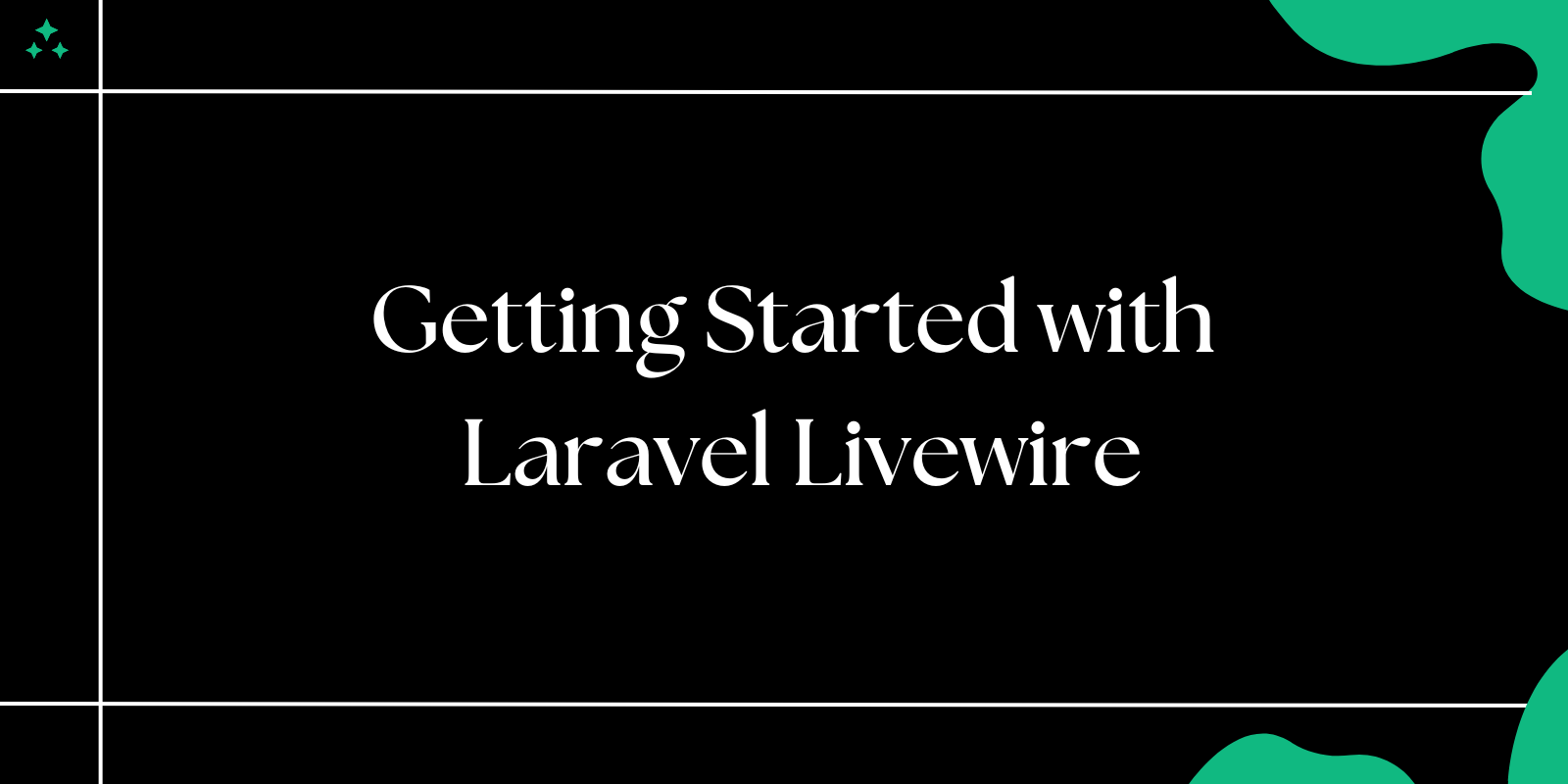Introduction
Email functionality sits at the heart of most web applications I've built over the years. Whether you're implementing user registration confirmations, password resets, order notifications, or marketing campaigns, reliable email delivery is non-negotiable. PHP offers two primary approaches: the built-in mail() function for quick implementations and PHPMailer for production-grade applications.
The choice between these isn't always obvious, and I've seen many developers start with mail() only to refactor later when they hit its limitations. This guide breaks down both approaches with real-world context to help you make informed decisions from the start.
Understanding PHP's Built-in mail() Function
The mail() function ships with PHP and provides a straightforward interface to your server's mail transport agent. Under the hood, it typically uses the local sendmail binary or SMTP configuration defined in php.ini.
Basic Implementation
Here's a working example that demonstrates the core functionality:
<?php
$to = "user@example.com";
$subject = "Welcome to Our Platform";
$message = "Thank you for signing up! Please verify your email address.";
$headers = "From: noreply@yoursite.com\r\n";
$headers .= "Reply-To: support@yoursite.com\r\n";
$headers .= "X-Mailer: PHP/" . phpversion();
if (mail($to, $subject, $message, $headers)) {
echo "Welcome email sent successfully.";
} else {
echo "Failed to send welcome email.";
}
?>
Enhanced Headers for Better Delivery
Most basic mail() implementations fail because they skip proper headers. Here's a more complete example:
<?php
function sendWelcomeEmail($userEmail, $userName) {
$to = $userEmail;
$subject = "Welcome to TaskManager Pro";
$message = "Hi $userName,\n\nWelcome to our platform! Your account is now active.";
// Proper headers prevent spam filtering
$headers = "From: TaskManager <noreply@taskmanager.com>\r\n";
$headers .= "Reply-To: support@taskmanager.com\r\n";
$headers .= "MIME-Version: 1.0\r\n";
$headers .= "Content-Type: text/plain; charset=UTF-8\r\n";
$headers .= "X-Mailer: TaskManager PHP Mailer\r\n";
return mail($to, $subject, $message, $headers);
}
// Usage
if (sendWelcomeEmail("john@example.com", "John Doe")) {
// Log success or redirect user
error_log("Welcome email sent to john@example.com");
} else {
// Handle failure gracefully
error_log("Failed to send welcome email to john@example.com");
}
?>
Real-World Limitations You'll Hit
After implementing dozens of email features, these limitations consistently surface:
Server Dependencies: The mail() function relies on your server's mail configuration. Shared hosting providers often restrict or disable it entirely, leading to silent failures that are nightmare to debug.
Spam Filter Issues: Without proper DKIM, SPF records, and authenticated SMTP, your emails often land in spam folders. I've seen legitimate password reset emails get blocked because they lacked proper authentication headers.
No Error Details: When mail() returns false, you get no information about why it failed. Was it a DNS issue? Invalid recipient? Server configuration problem? You're left guessing.
Limited Content Types: Sending HTML emails requires manual MIME header construction, which becomes error-prone for complex layouts with embedded images or attachments.
📌 Note: mail() works well for local development and simple notifications on properly configured servers, but avoid it for customer-facing emails in production.
Implementing PHPMailer for Production Applications
PHPMailer has become the de facto standard for PHP email handling because it addresses every limitation of mail(). It's actively maintained, well-documented, and handles the complexities of modern email protocols.
Installation and Setup
Using Composer (the recommended approach):
composer require phpmailer/phpmailer
For legacy projects without Composer, you can download PHPMailer manually, but I strongly recommend transitioning to Composer for dependency management.
Basic SMTP Configuration
Here's a production-ready configuration I use across projects:
<?php
use PHPMailer\PHPMailer\PHPMailer;
use PHPMailer\PHPMailer\SMTP;
use PHPMailer\PHPMailer\Exception;
require 'vendor/autoload.php';
function createMailer() {
$mail = new PHPMailer(true);
try {
// Server settings
$mail->isSMTP();
$mail->Host = $_ENV['SMTP_HOST'] ?? 'smtp.gmail.com';
$mail->SMTPAuth = true;
$mail->Username = $_ENV['SMTP_USERNAME'];
$mail->Password = $_ENV['SMTP_PASSWORD'];
$mail->SMTPSecure = PHPMailer::ENCRYPTION_STARTTLS;
$mail->Port = 587;
// Enable debugging in development
if ($_ENV['APP_ENV'] === 'development') {
$mail->SMTPDebug = SMTP::DEBUG_SERVER;
}
return $mail;
} catch (Exception $e) {
error_log("Mailer configuration failed: {$e->getMessage()}");
throw $e;
}
}
?>
⚠️ Warning: Never hardcode SMTP credentials in your source code. Use environment variables or a secure configuration file outside your web root.
Sending HTML Emails with Templates
Real applications need attractive HTML emails. Here's how I structure email templates:
<?php
function sendOrderConfirmation($customerEmail, $orderData) {
$mail = createMailer();
try {
// Recipients
$mail->setFrom('orders@yourstore.com', 'YourStore Orders');
$mail->addAddress($customerEmail, $orderData['customer_name']);
$mail->addBCC('orders-archive@yourstore.com'); // For record keeping
// Content
$mail->isHTML(true);
$mail->Subject = "Order Confirmation #{$orderData['order_id']}";
// Load HTML template
$htmlBody = file_get_contents('templates/order-confirmation.html');
$htmlBody = str_replace([
'{{customer_name}}',
'{{order_id}}',
'{{order_total}}',
'{{order_items}}'
], [
htmlspecialchars($orderData['customer_name']),
$orderData['order_id'],
number_format($orderData['total'], 2),
generateOrderItemsHTML($orderData['items'])
], $htmlBody);
$mail->Body = $htmlBody;
// Plain text alternative for email clients that don't support HTML
$mail->AltBody = generatePlainTextVersion($orderData);
$mail->send();
return true;
} catch (Exception $e) {
error_log("Order confirmation email failed: {$mail->ErrorInfo}");
return false;
}
}
function generateOrderItemsHTML($items) {
$html = '<ul>';
foreach ($items as $item) {
$html .= "<li>{$item['name']} - Qty: {$item['quantity']} - $" . number_format($item['price'], 2) . "</li>";
}
$html .= '</ul>';
return $html;
}
?>
Handling Attachments and Advanced Features
PHPMailer excels at handling complex email requirements:
<?php
function sendInvoiceWithPDF($customerEmail, $invoiceData, $pdfPath) {
$mail = createMailer();
try {
$mail->setFrom('billing@company.com', 'Company Billing');
$mail->addAddress($customerEmail);
// Attach the PDF invoice
$mail->addAttachment($pdfPath, "invoice-{$invoiceData['number']}.pdf");
// Embed company logo for HTML email
$mail->addEmbeddedImage('assets/logo.png', 'company-logo');
$mail->isHTML(true);
$mail->Subject = "Invoice #{$invoiceData['number']} - Due {$invoiceData['due_date']}";
$mail->Body = "
<img src='cid:company-logo' alt='Company Logo' style='width:150px;'><br>
<h2>Invoice #{$invoiceData['number']}</h2>
<p>Dear {$invoiceData['customer_name']},</p>
<p>Please find your invoice attached. Amount due: $" . number_format($invoiceData['amount'], 2) . "</p>
<p>Due date: {$invoiceData['due_date']}</p>
";
$mail->send();
// Clean up temporary PDF file
if (file_exists($pdfPath) && strpos($pdfPath, '/tmp/') === 0) {
unlink($pdfPath);
}
return true;
} catch (Exception $e) {
error_log("Invoice email failed for {$customerEmail}: {$mail->ErrorInfo}");
return false;
}
}
?>
Error Handling and Debugging
PHPMailer provides excellent debugging capabilities:
<?php
function debugEmailIssues() {
$mail = createMailer();
// Enable verbose debug output
$mail->SMTPDebug = SMTP::DEBUG_SERVER;
$mail->Debugoutput = function($str, $level) {
error_log("SMTP Debug Level $level: $str");
};
try {
$mail->setFrom('debug@yoursite.com');
$mail->addAddress('test@example.com');
$mail->Subject = 'Debug Test';
$mail->Body = 'Testing email configuration';
if ($mail->send()) {
echo "Debug email sent successfully\n";
}
} catch (Exception $e) {
echo "Debug failed: {$mail->ErrorInfo}\n";
// Log detailed error information
error_log("SMTP Error Details: " . json_encode([
'error' => $mail->ErrorInfo,
'host' => $mail->Host,
'port' => $mail->Port,
'username' => $mail->Username ? 'configured' : 'not configured'
]));
}
}
?>
💡 Tip: Use PHPMailer's debug modes during development, but disable them in production to avoid exposing sensitive SMTP details in logs.
Comprehensive Comparison: When to Use Each Approach
| Feature | mail() | PHPMailer | Usage Notes | Common Pitfalls |
|---|---|---|---|---|
| Learning Curve | Minimal | Moderate | PHPMailer requires understanding SMTP concepts | Developers often skip proper error handling with mail() |
| Server Requirements | Built-in | Composer dependency | mail() depends on server configuration | Shared hosts may block mail() entirely |
| SMTP Authentication | Not supported | Full support | Required for most modern email providers | Gmail, Outlook require authenticated SMTP |
| HTML Email Support | Manual MIME headers | Built-in methods | PHPMailer handles complex HTML automatically | Hand-coding MIME headers is error-prone |
| Error Handling | Boolean return only | Detailed exceptions | PHPMailer provides actionable error messages | Silent failures with mail() are common |
| Attachment Support | Complex manual process | Simple method calls | PHPMailer handles encoding automatically | File size limits still apply |
| Email Templates | String concatenation | Template integration | Both require external templating solutions | Avoid inline HTML strings for maintainability |
| Spam Prevention | Limited control | Full header control | Proper headers crucial for deliverability | Missing SPF/DKIM records affect both methods |
| Performance | Lightweight | Slightly heavier | Difference negligible for most applications | Database connection pooling more important |
| Debugging | Minimal feedback | Extensive logging | Development vs production configuration crucial | Never expose SMTP credentials in debug output |
Decision Framework
Choose mail() when:
- Building quick prototypes or local development tools
- Server has properly configured mail transport
- Sending simple text notifications internally
- Working with legacy systems that can't use Composer
Choose PHPMailer when:
- Building customer-facing applications
- Need reliable delivery confirmation
- Sending HTML emails with attachments
- Working with cloud hosting or modern SMTP providers
- Require detailed error logging and debugging
Advanced Email Patterns and Best Practices
Queue-Based Email Processing
For high-volume applications, synchronous email sending blocks request processing. Here's a basic queue implementation:
<?php
class EmailQueue {
private $pdo;
public function __construct($database) {
$this->pdo = $database;
}
public function queueEmail($to, $subject, $body, $priority = 'normal') {
$stmt = $this->pdo->prepare("
INSERT INTO email_queue (recipient, subject, body, priority, created_at, status)
VALUES (?, ?, ?, ?, NOW(), 'pending')
");
return $stmt->execute([$to, $subject, $body, $priority]);
}
public function processQueue($batchSize = 50) {
$stmt = $this->pdo->prepare("
SELECT * FROM email_queue
WHERE status = 'pending'
ORDER BY priority DESC, created_at ASC
LIMIT ?
");
$stmt->execute([$batchSize]);
$emails = $stmt->fetchAll();
$mail = createMailer();
$successCount = 0;
foreach ($emails as $email) {
try {
$mail->clearAddresses();
$mail->setFrom('noreply@yoursite.com');
$mail->addAddress($email['recipient']);
$mail->Subject = $email['subject'];
$mail->Body = $email['body'];
$mail->isHTML(true);
if ($mail->send()) {
$this->markEmailSent($email['id']);
$successCount++;
} else {
$this->markEmailFailed($email['id'], $mail->ErrorInfo);
}
} catch (Exception $e) {
$this->markEmailFailed($email['id'], $e->getMessage());
}
// Rate limiting - avoid overwhelming SMTP server
usleep(100000); // 0.1 second delay
}
return $successCount;
}
}
?>
Email Configuration Management
Environment-based configuration prevents hardcoded credentials:
<?php
class EmailConfig {
private static $config = null;
public static function load() {
if (self::$config === null) {
self::$config = [
'smtp_host' => $_ENV['SMTP_HOST'] ?? 'localhost',
'smtp_port' => (int)($_ENV['SMTP_PORT'] ?? 587),
'smtp_username' => $_ENV['SMTP_USERNAME'] ?? '',
'smtp_password' => $_ENV['SMTP_PASSWORD'] ?? '',
'smtp_encryption' => $_ENV['SMTP_ENCRYPTION'] ?? 'tls',
'from_address' => $_ENV['MAIL_FROM_ADDRESS'] ?? 'noreply@localhost',
'from_name' => $_ENV['MAIL_FROM_NAME'] ?? 'Application',
'reply_to' => $_ENV['MAIL_REPLY_TO'] ?? null,
];
}
return self::$config;
}
public static function createMailer() {
$config = self::load();
$mail = new PHPMailer(true);
if (!empty($config['smtp_username'])) {
$mail->isSMTP();
$mail->Host = $config['smtp_host'];
$mail->SMTPAuth = true;
$mail->Username = $config['smtp_username'];
$mail->Password = $config['smtp_password'];
$mail->SMTPSecure = $config['smtp_encryption'] === 'ssl'
? PHPMailer::ENCRYPTION_SMTPS
: PHPMailer::ENCRYPTION_STARTTLS;
$mail->Port = $config['smtp_port'];
}
$mail->setFrom($config['from_address'], $config['from_name']);
if ($config['reply_to']) {
$mail->addReplyTo($config['reply_to']);
}
return $mail;
}
}
?>
Testing Email Functionality
Local Development Setup
For development, use services like MailHog or implement a simple email interceptor:
<?php
class DevelopmentEmailHandler {
private $logFile;
public function __construct($logFile = 'emails.log') {
$this->logFile = $logFile;
}
public function sendEmail($to, $subject, $body) {
// In development, log emails instead of sending
if ($_ENV['APP_ENV'] === 'development') {
$emailData = [
'timestamp' => date('Y-m-d H:i:s'),
'to' => $to,
'subject' => $subject,
'body' => $body
];
file_put_contents(
$this->logFile,
json_encode($emailData) . "\n",
FILE_APPEND | LOCK_EX
);
return true;
}
// Production: send actual email
return $this->sendProductionEmail($to, $subject, $body);
}
}
?>
⚠️ Warning: Always test email functionality with real SMTP providers before deploying to production. Local mail servers behave differently than services like SendGrid, Mailgun, or Amazon SES.
Conclusion
Email functionality requires careful consideration of reliability, deliverability, and maintainability. While PHP's mail() function serves basic needs, PHPMailer provides the robust feature set that production applications demand.
The transition from mail() to PHPMailer typically happens when you encounter your first spam filtering issue or need to debug a delivery failure. Save yourself the refactoring headache by starting with PHPMailer for any customer-facing email functionality.
Remember that successful email delivery depends on more than just your PHP code. Proper DNS configuration (SPF, DKIM, DMARC records), reputable IP addresses, and appropriate sending practices play crucial roles in ensuring your emails reach their intended recipients.
Start with the basics, implement proper error handling, and gradually add advanced features like queuing and templates as your application grows. Your users will appreciate reliable email delivery, and your future self will thank you for building maintainable email systems from the start.



